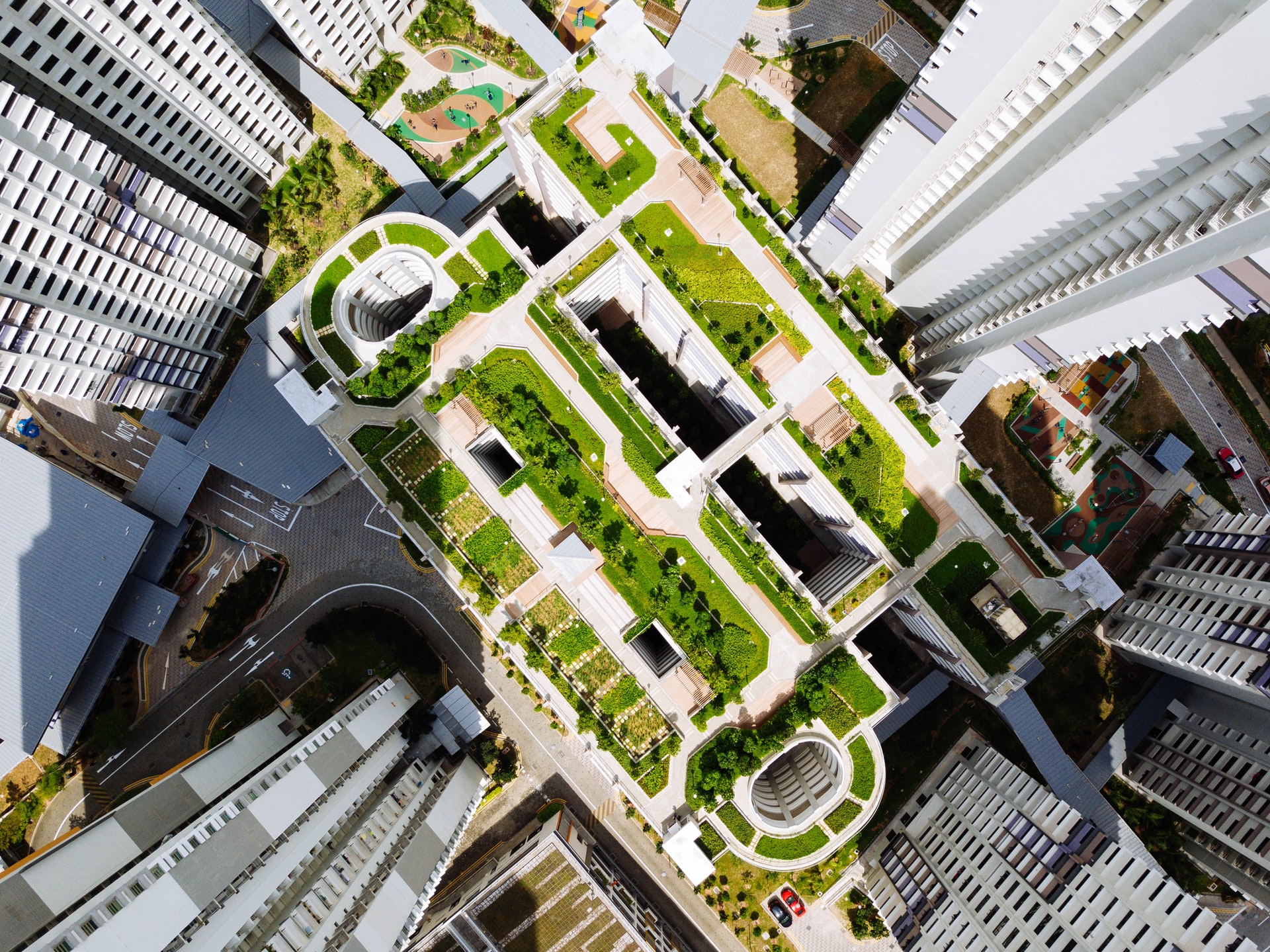How to survive in an ever-warming world
The challenges posed by manmade heat cannot be tackled by technology and design alone, argue Antonella Mazzone & Radhika Khosla from the Future of Cooling Programme, Oxford Martin School, University of Oxford.
By Antonella Mazzone & Radhika Khosla | May 17, 2021
Warming surfaces in cities pose a growing threat to people’s health and wellbeing. The increasingly normalized way to deal with excessive heat in highly dense urban areas is by using active cooling technologies such air conditioning units. But by 2050 these types of technologies are on course to require an electricity capacity equivalent to that of the US, EU and Japan today. This is not sustainable.
If we want to curb our rapidly warming world, we cannot rely on technology alone – whether it’s renewable powered or not. Many people in the world do not, and will not in near future, have access to this kind of technology.
We therefore need multiple combined and coordinated actions from different actors including institutions and civil society. We need to adopt multiple ‘living-based solutions’: nature-based solutions, locally sourced knowledge and behavioural strategies that can reduce the use of energy-intensive appliances for cooling both spaces and bodies.
Nature-based solution (NbS) or Green Infrastructures (GI) have been in the spotlight of urban and architectural planning for a couple of decades, and are particularly effective in cooling urban areas that are significantly warmer than surrounding rural areas due to human activities. These are known as urban heat islands.
Green roofs are a great example of this. Even in densely populated urban areas such as New York City, Rio de Janeiro, and Putrajaya in Malaysia, to name a few, green roofs were responsible for significantly lowering surface temperatures.
Even across the most diverse geographies, the results have been the same: the adoption of green roofs can reduce the surface temperature between 1-2°C lower than that for the bare roof. Cooling experts have also suggested that the thickness of roof vegetation also has a direct effect on indoor air temperatures.
Greening urban areas
Another important ally in the reduction of urban heat islands is restoring urban green areas and urban parks. A 2020 study found that even a relatively small green area in the Australian city of Melbourne can cool the surrounding built-up area – this urban heat-island – by 1.0°C during peak daytime heating. Moreover, the benefits of tree shading and evapotranspiration (the amount of evaporation from the land surface with transpiration from plants) in the park were also proven to reduce the levels of urban heat stress.
However, nature-based solutions or green infrastructures such as increasing urban land surfaces with trees and water bodies do not come without challenges. While green infrastructures such as parks, water bodies, trees and vertical green solutions are responsible for lowering land surface temperatures (LSTs) and SUHI (surface urban heat islands), the effect of synthetic building or street materials on the vegetation is generally overlooked.
Researchers in 2012, for instance, found that these kinds of urban materials actually undermine the cooling effects of trees. They also found that large water bodies may have the opposite effect on thermal behaviour, by releasing solar radiations absorbed during the day at night. The study showed the importance of understanding not only the effect of green infrastructures on land surface temperature, but also the interactions and behaviours of different materials and vegetation.

Green roofs can reduce the surface temperature between 1-2 ⁰C lower than that for a bare roof.
Intuitive solutions
For centuries, humans have developed locally-sourced knowledge and strategies to live and adapt to hot climates, some of which did not necessarily involve improving the ventilation or design of the living spaces, but required more intuitive, human-based, solutions such as behavioural or cultural strategies. These kinds of strategies can vary from a changes to sleeping and working patterns, to drinking and eating specific foods.
In Algeria and Libya, for instance, people have been known to shift their sleeping and working habits to avoid heat stress. These patterns are replicated in France, where academics have shown that by changing sleep times, the heat stress on individuals can be considerably reduced.
In Libya, it was found that people change from sleeping indoors to sleeping on roofs during hot summers. And in India, walking barefoot is an important adaptive strategy to cope with hot weather.
Another lifestyle solution can take the form of drink and food intake. In Japan and Indonesia, for example, drinking cold beverages is a preferred alternative to air-conditioning.
Food that heats us up like hot peppers and spicy foods has also been found to help people cope with extreme heat because it’s believed it can enhance thermal transpiration and allow one to lose heat quickly.
Lifestyles, diet and time exposed to certain temperatures change the bodily metabolism and thermal adaptation to certain temperatures. Unpacking behavioural and cultural solutions to heat can be an important component of a larger mitigation strategy.
The challenges posed by anthropogenic heat cannot rely exclusively on technical and design solutions, but should be accompanied by behavioural and cultural change. This human-based cooling capacity remains largely absent from studies and models of reducing heat-island effects and heat stress.
These non-energy intensive behavioural cooling adaptations are important in addressing the current challenge of climate change and sustainable development. We believe that a synchronised mechanism, in which all actors involved in increasing cooling capacity through nature-based solutions and people’s behaviours, should be the priority in policies and research targeting urban heat island and thermal comfort.
To read Antonella Mazzone & Radhika Khosla’s full report, click here.


